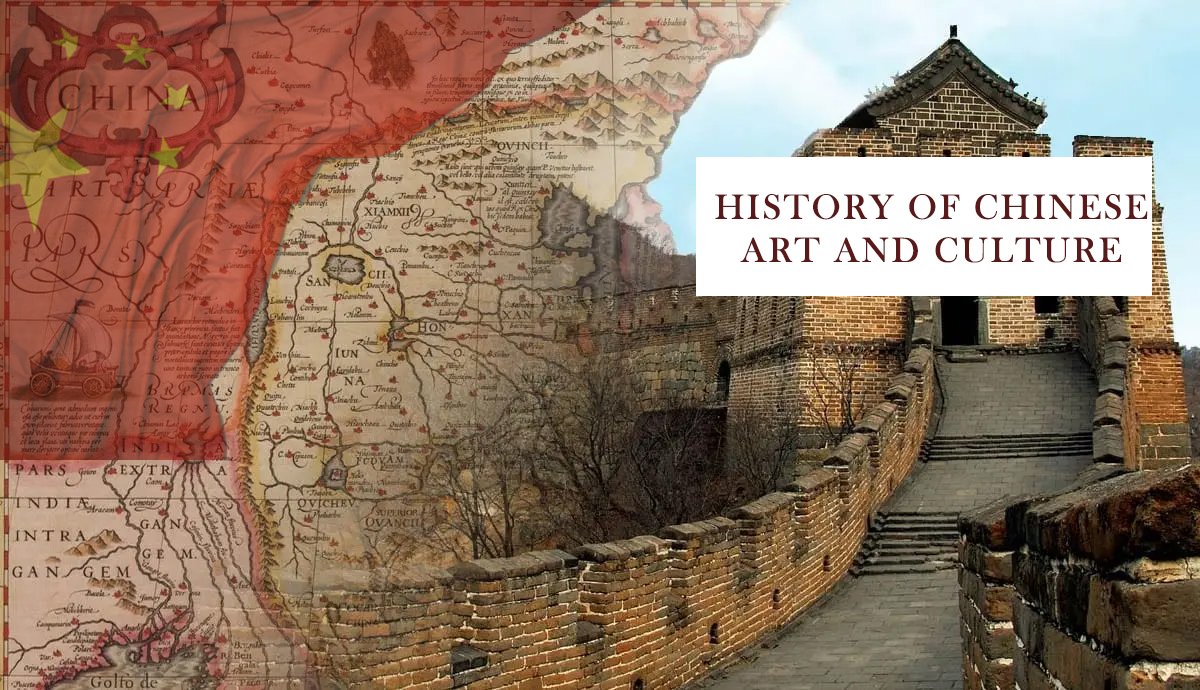Chinese art and culture represent one of the world’s most fascinating legacies. With roots in thousands of years of tradition, Chinese art and culture have evolved alongside societal changes, technological advancements, and philosophical thought. From the delicate strokes of ink-wash paintings to bold modern installations, Chinese artists continue to reflect the nation’s identity, values, and history.
Ancient Chinese Art: The Foundations of a Civilization
The earliest examples of Chinese art date back to the Bronze Age (2000–771 BCE). During this period, artisans crafted intricate bronze vessels for ceremonial use. These objects were not only functional but also symbols of cultural sophistication.
Another hallmark of this era was the use of oracle bones, which provided one of the first forms of Chinese writing. These bones were used for divination, helping ancient Chinese leaders understand the “will of the heavens.”
As time progressed into Imperial China (221 BCE–1912 CE), cultural exchanges through the Silk Road brought new ideas, materials, and artistic techniques. This period enriched Chinese art, incorporating influences from Central and Western Asia while preserving a uniquely Chinese style.
The Ming and Qing Dynasties: Refinement and Innovation
Between 1368 and 1912 CE, the Ming and Qing Dynasties elevated Chinese art to new heights. The Ming era became famous for its blue and white porcelain, known worldwide for its elegance and complex designs. These pieces were technically challenging to produce and became prized exports across the globe.
At the same time, the literati painting tradition flourished. Scholars and intellectuals created minimalist ink paintings that focused on personal expression, often accompanied by poetry and calligraphy. These works captured landscapes, natural elements, and subtle philosophical meanings.
Modern Chinese Art: Fusion and Transformation
With the establishment of the Republic of China (1912–1949), Chinese artists began integrating Western artistic techniques. Xu Beihong, a leading figure of this era, combined Western realism with traditional Chinese brushwork. His paintings of horses symbolized freedom, strength, and the blending of old and new styles.
Revolutionary Art and the Communist Era
The Communist period (1949–1976) saw the rise of Socialist Realism, an art style used as propaganda to promote Party ideals. Pieces like Liu Chunhua’s “Chairman Mao Goes to Anyuan” became iconic symbols of the revolutionary spirit.
However, during the Cultural Revolution, artists also created Scar Art, a genre that reflected the trauma of political and social upheaval. Artists such as Zhang Xiaogang depicted haunting images of fractured identities and emotional struggles, offering a powerful commentary on the times.
Contemporary Chinese Art: Global Influence and Innovation
Post-Mao reforms opened China to the world, allowing a resurgence of artistic freedom. Modern artists like Ai Weiwei and Cai Guo-Qiang challenge cultural and political norms through installations and performances that spark global conversations about human rights, identity, and societal change.
Cai Guo-Qiang is known for his explosive artworks using gunpowder, while Xu Bing uses symbols and text to question traditional narratives. These artists represent a China that respects its past while boldly embracing modernity.
Key Themes in Chinese Art and Culture
Philosophical Influence: Chinese art is deeply rooted in the philosophies of Confucianism, Taoism, and Buddhism. These schools of thought emphasize harmony, balance, and introspection, principles reflected in painting, sculpture, and calligraphy.
Nature as Inspiration
In Chinese landscape painting (Shuimohua), nature is not just scenery—it represents life’s journey. Mountains symbolize strength, rivers represent the flow of time, and open spaces invite reflection. These artworks often blend poetry and imagery to create a spiritual experience.
Symbols and Mythical Creatures
Dragons, phoenixes, and the Qilin frequently appear in Chinese art. Each carries symbolic meanings, from imperial power to renewal and good fortune. These motifs are more than decoration—they communicate layers of cultural belief and tradition.
Cultural Preservation and Global Exchange
China works actively to preserve its cultural heritage. Sites like the Great Wall, Mogao Caves, and the Terracotta Army attract global admiration. Museums such as the Palace Museum in Beijing serve as ambassadors of Chinese history, fostering cultural exchange worldwide.
Through initiatives like the Belt and Road Arts Festival, China also shares its artistic traditions on the international stage, promoting global understanding and dialogue.
The Future of Chinese Art and Culture
Today’s Chinese art scene is vibrant and diverse. Contemporary artists explore topics such as urbanization, globalization, and identity. Figures like Cao Fei examine the fusion of tradition and modern life, creating new ways for audiences to engage with China’s cultural evolution.
As China continues to grow on the world stage, its art remains a powerful reflection of resilience, innovation, and creativity. Chinese art and culture are not just remnants of the past; they are living, breathing expressions of a nation’s journey through history and into the future.





